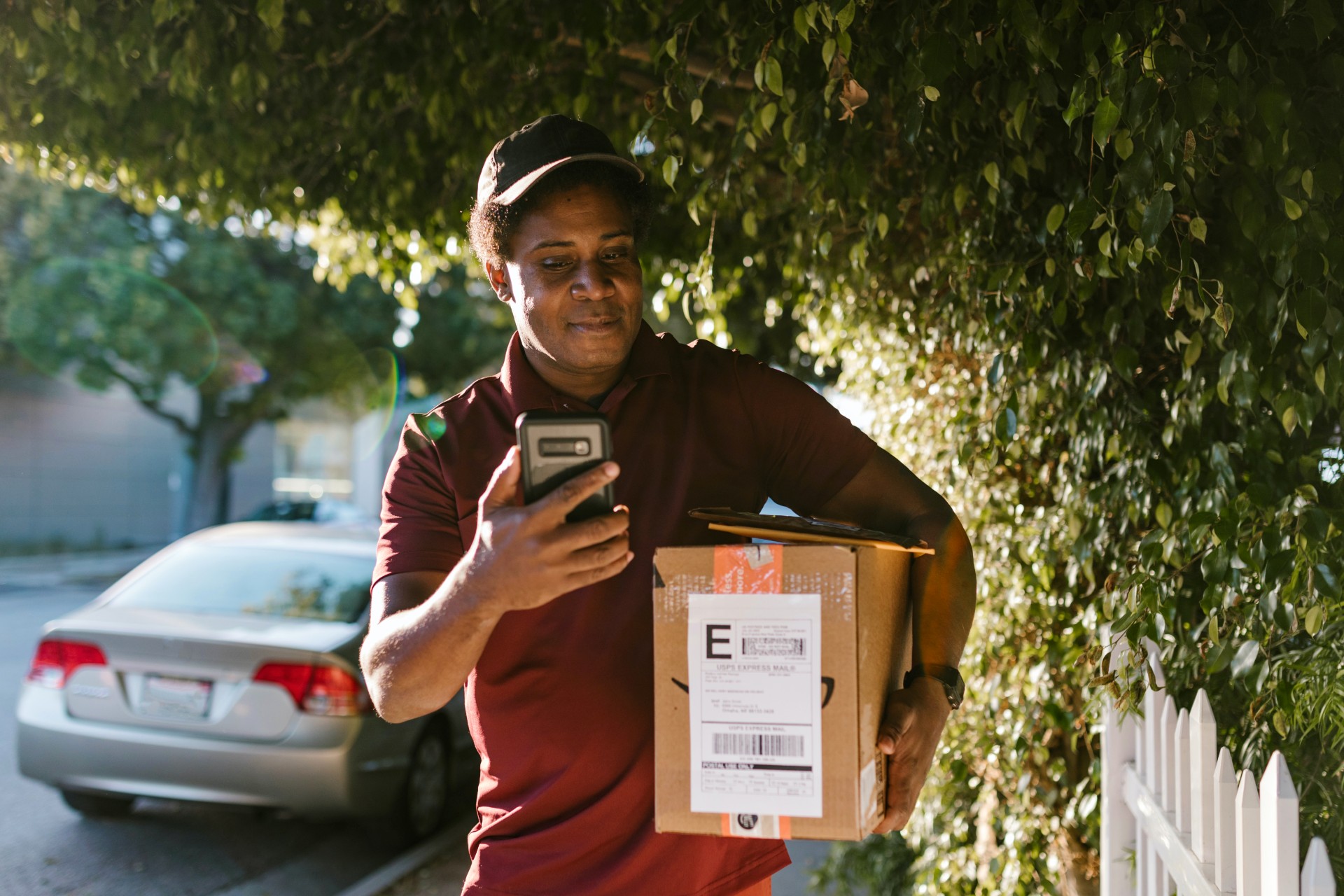Amazon, the eCommerce giant, launched a medicine delivery service on November 17, 2020. Amazon starts pharmacy delivery by acquiring PillPack company. In today’s world, where delivery service has become an indispensable part — and the added restriction of the pandemic has altered our lives — this is yet another excellent initiative.
Customers can complete the entire transaction process using both the app and website. It enables customers to manage prescriptions by using a secure pharmacy profile and choosing a payment option.
How Amazon Began the Pharmacy Journey
Amazon bought PillPack as a part of its pharmacy delivery business for $1 billion in 2018 and came across a number of steps to enter the healthcare market.
PillPack was a pharmaceutical delivery set-up that managed a lot of customers and provided several daily medications for chronic conditions. In the U.S., the pharmacy market is complex and competitive. Also, PillPack’s infrastructure, pharmacy software, fulfillment centers, and relationship with health plans was extremely well-engineered.
The Amazon Pharmacy Delivery Experience
Amazon started its pharmacy delivery service while keeping some important things in mind. It promises to provide with same browsing experience customers are familiar with.
It would be easier for Amazon to discover branded and generic versions of different dosages of forms available. Also, customers can compare the price without insurance, the co-pay of insurance, or the offered savings. Customers enjoy the features to get their existing or new prescriptions from their preferred prescriber by adding up insurance information.
The purchase method is very simple. Customers can get help via phone calls to customer care. Most importantly, friendly and knowledgeable pharmacists are available to answer medication queries 24/7.
Customers can order prescribed medications for home delivery. Packages are delivered in discrete packaging to the preferred address.
Of course, a prescription from a licensed health care provider is a must. By obeying all HIPAA rules, Amazon securely manages customer information and doesn’t share any information outside the pharmacy for any purpose.
Customers over 18 years will have access to the pharmacy service initially in 45 states excluding Hawaii, Illinois, Louisiana, Minnesota, and Kentucky. When ordering for the first time, the customer might need to answer questions such as, if they are pregnant, date of birth, and gender.
This information is actually required by the law to provide pharmacy care. It also helps pharmacists to confirm prescriptions. Patients can request the transfer from a retailer. Amazon has a tool to verify if a physician legitimately ordered the prescription and can also detect potential fraud.
Features for Prime Members
Amazon Prime members can enjoy a “two-day” delivery for free on their orders. In the case of making payments without insurance, Prime members can access savings.
TJ Parker, the vice president of Amazon said that they have designed Amazon Pharmacy to focus on customers first. He also stated that Amazon is working hard to handle all the hurdles flawlessly. As a consequence of “the Amazon way,” users easily understand their options and get prescriptions at the lowest possible price with quick delivery.
Amazon Starts Pharmacy Delivery: The Broader Sense
Getting medicines delivered during the pandemic seemed very appealing to the customers, at least according to the reviews. Undoubtedly, technology has long been the foundation for the development of the company. Also, the accumulation of artificial intelligence and machine learning has been very helpful.
The Amazon Pharmacy team combines hardware and software to access and push data from traditional medical record systems exploring a remote diagnosis platform to provide patients and doctors with easier access to diagnosis. They are on their way to building an Echo smart speaker and the dash wand shopping device.
However, the pros and cons are equally obvious.
Lower customer acquisition costs mean that patients can buy better drugs at lower prices. As a result, Amazon will have to spend more time and energy improving its services. This is because more convenience and high-quality services will attract more customers.
On the other hand, reduction of drug prices is possible only by reducing customer acquisition. And channel costs cannot bend to greater development as CVS and Walgreens already have a big share of offline channels. Also, PBM’s mail service is a large, developed service for obtaining medicines at the ideal price for patients with chronic diseases.
Additionally, PBM connects with many pharmacy chains, drug manufacturers, and insurance companies. This is useful to determine if the doctor is prescribing properly. So, PBM is not only convenient but also a competitor for Amazon’s online medicine delivery service.
Amazon Pharmacy Delivery Integration with Others
JD Health and Ali Health are also eCommerce giants much like Amazon influencing the market environment.
Amazon divides policies and other factors into two directions: platform and proprietary. Amazon will need to integrate insurance companies as payers into the industry chain. So, it can reduce costs, further enabling them to have more prescription records.
The initiative is not just for selling items but rather a small push towards wider health care services. Customers are provided with a self-service help tool. One of the basic reasons that GoodRx started telemedicine service is to move up the value chain in competition with Amazon.
Last year, Amazon rolled out AmazonCare for its workers as a part of a pilot service. It provided both in-person and telemedicine services. In August, they launched the fitness tracker Halo, which is personal health and wellness monitoring advice service. It includes more than a standard health gadget or app as it has various measures of health.
Finally, though Amazon Pharmacy has been launched in the U.S. only, for now, it is indeed a global opportunity. The expected revenue the service could make is $131 billion by 2025. Meanwhile, prescription drugs have been estimated to be $904 billion in the current year, which will eventually grow to $1.3 trillion by 2025.













